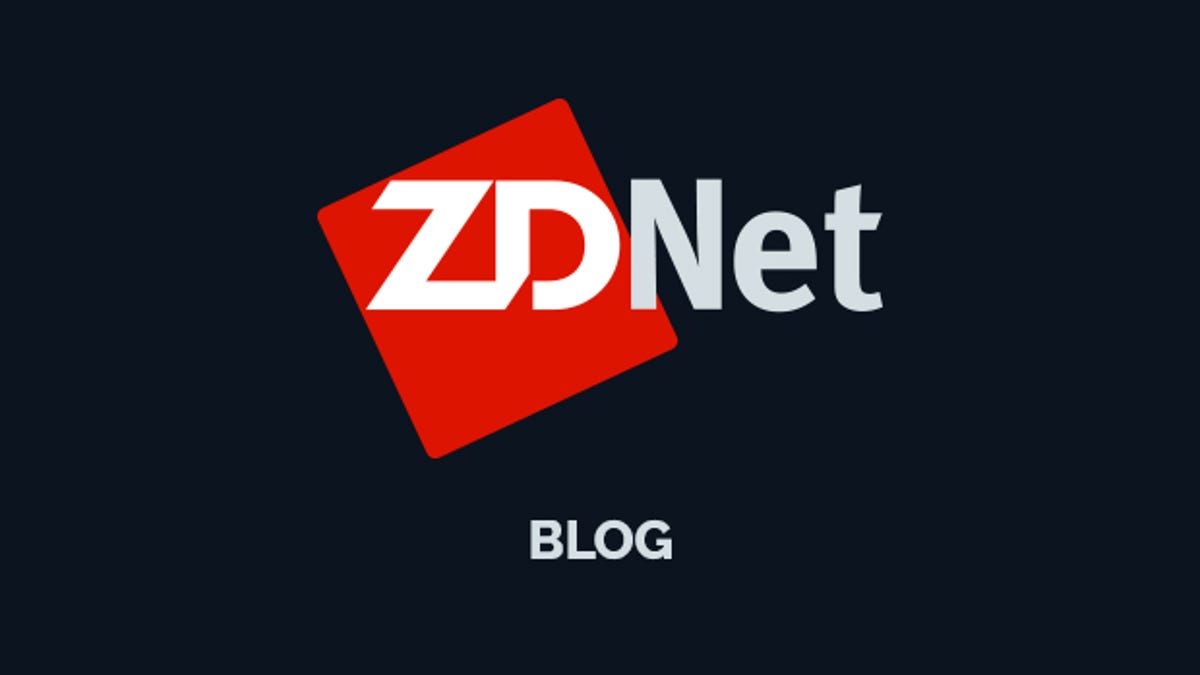The C236M-WS is mATX, not mini ITX...
I've put my quest on hold until I can measure properly what is possible: what space is available near my patch panel and switch, and what could be the possibilities with the big tower. I'll be in Warsaw in December/January, so I can do it then.
I quickly glanced at the ZFS presentation but have the same reservations about ZFS. Finally, this is one of the first explanations where they properly explain it. Most present ZFS as the solution to add redundancy, but it is not. You need to add the redundancy in the VDEVs. That was a bit the point of me starting the thread, as it confused me. ZFS just pools it.
I've put my quest on hold until I can measure properly what is possible: what space is available near my patch panel and switch, and what could be the possibilities with the big tower. I'll be in Warsaw in December/January, so I can do it then.
I quickly glanced at the ZFS presentation but have the same reservations about ZFS. Finally, this is one of the first explanations where they properly explain it. Most present ZFS as the solution to add redundancy, but it is not. You need to add the redundancy in the VDEVs. That was a bit the point of me starting the thread, as it confused me. ZFS just pools it.



 The mainboard can be found for as little as 100 euro, so-dimm memory costs 50 euro / 4 GB, even the smallest m2 disk would suffice so for just over 360 euro, I can build it (without the case and psu). Add a case and it puts it in the price range of the lower range 4-bay QNap NAS's. But it should allow much more flexibility (it could run VMs, and later I could re-purpose the mainboard as a media client or so).
The mainboard can be found for as little as 100 euro, so-dimm memory costs 50 euro / 4 GB, even the smallest m2 disk would suffice so for just over 360 euro, I can build it (without the case and psu). Add a case and it puts it in the price range of the lower range 4-bay QNap NAS's. But it should allow much more flexibility (it could run VMs, and later I could re-purpose the mainboard as a media client or so).  Though the LianLi looks the best option if you want drives....
Though the LianLi looks the best option if you want drives....

Comment